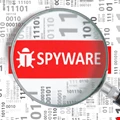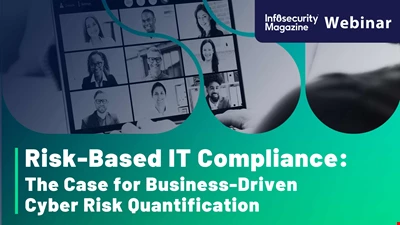Infosecurity News

CISA and International Partners Issue Guidance for Secure AI in Infrastructure
Cybersecurity agencies have issued guidance for securely integrating AI into OT systems

Cyber Agencies Push for Digital Trust Amid AI Era with New Provenance Report
UK’s NCSC and Canada’s CCCS release a joint report on content provenance, urging organizations to strengthen digital trust and combat AI-driven misinformation

New GhostFrame Phishing Framework Hits Over One Million Attacks
The GhostFrame phishing framework, using stealthy iframes, was linked to over 1 million attacks

Skills Shortages Trump Headcount as Critical Cyber Challenge
ISC2 report reveals 59% of global organizations have critical or significant skills shortages

Post Office Escapes £1m Fine After Postmaster Data Breach
The Information Commissioner’s Office has chosen only to reprimand the Post Office after a 2024 breach

French NGO Reporters Without Borders Targeted by Star Blizzard
A fresh wave of spear-phishing linked to the Russia-based Star Blizzard group has been detected by Sekoia

UK's Cyber Service for Telcos Blocks One Billion Malicious Site Attempts
A new cyber defense service has prevented almost one billion early-stage cyber-attacks in the past year, British Security Minister claims

Yearn Finance yETH Pool Hit by $9M Exploit
A critical vulnerability in Yearn Finance's yETH pool allowed an attacker to steal around $9m

UK Ransomware Payment Ban to Come with Exemptions, Security Minster Say
The UK government’s proposed ransomware payment ban for public sector and critical infrastructure will come with national security exemptions

Disinformation and Cyber-Threats Among Top Global Exec Concerns
A new WEF report reveals that AI-powered threats like disinformation are among executives’ biggest concerns

Pall Mall Process to Define Responsible Commercial Cyber Intrusion
The Pall Mall Process begins outreach to define guidelines for private commercial intrusion industry

Critical PickleScan Vulnerabilities Expose AI Model Supply Chains
3 critical zero-day flaws in PickleScan, affecting Python and PyTorch, allowed undetected attacks

ShadyPanda's Seven-Year Campaign Infects 4.3M Chrome and Edge Users
Infected 4.3 million Chrome and Edge users via extensions; ShadyPanda exploited browser marketplaces

Google Releases Patches for Android Zero-Day Flaws Exploited in the Wild
Google said it found indications that two newly identified vulnerabilities affecting Android “may be under limited, targeted exploitation”

ICO Set to Check If Mobile Games Comply with Children’s Code
The UK Information Commissioner’s Office has launched an investigation into the mobile gaming sector

Most Companies Fear State-Sponsored Cyber-Attacks and Want More Government Help
New IO study claims 88% of US and UK firms are concerned about state-sponsored cyber-attacks

New Android Albiriox Malware Gains Traction in Dark Web Markets
Android malware Albiriox emerged as MaaS, offering device takeover and real-time fraud capabilities

South Korea's Coupang Confirms 34 Million Customer Data Leak
The South Korean police are tracking the suspect behind a cyber-attack targeting e-commerce giant Coupang

Malware Manipulates AI Detection in Latest npm Package Breach
Malicious npm package targets AI security with misleading prompts, exploiting automated analysis

Cybersecurity M&A Roundup: Cyber Giants Strengthen AI Security Offerings
November 2025 saw cybersecurity giants like Palo Alto Networks, Bugcrowd and Zscaler invest in AI-powered security solutions



